O-ring sealing deseign and rubber formulation according to technical requirement
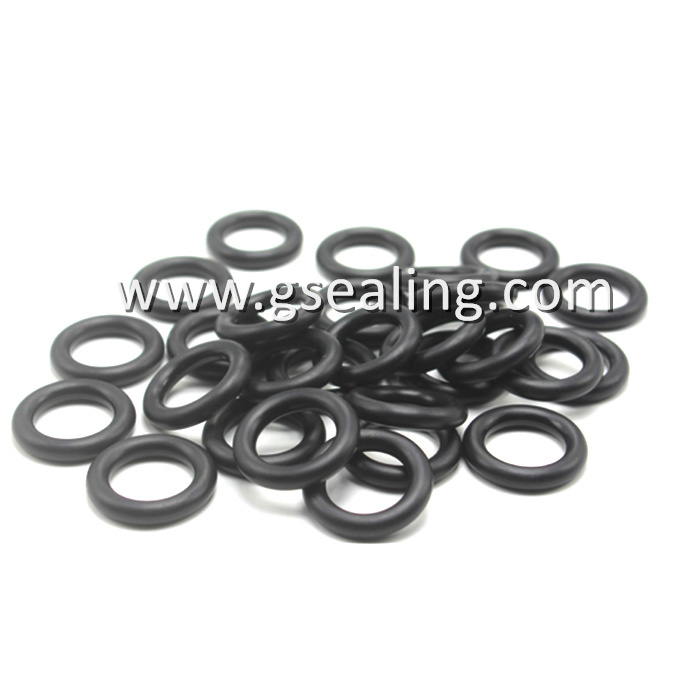
The O-ring rubber seal is a rubber product with a circular cross-sectional area. Its applications are widespread in fields such as chemical engineering, machinery, coal, petroleum, metallurgy, transportation, and household appliances. O-shaped rubber ring is a sealing component with a large production quantity and wide use among all rubber sealing products.
1- Performance and Application of O Ring Seals
O Ring Seals are widely used in various mechanical equipment, playing a sealing role in different temperatures, pressures, and media to prevent mechanical equipment from oil, gas, water, and the invasion of external environmental media and dust. Compared to other rubber seals, it has the following advantages:
Advantages of O-ring rubber seals:
1. Simple structure, small size, and compact installation location.
2. It has a selfsealing effect and does not require periodic adjustment.
3. Good sealing performance, no leakage during static sealing.
4. Low frictional resistance in motion, suitable for situations with alternating pressure.
5. The size and groove have been standardized, the price is cheap, the product is easy to obtain, and it is easy to use and purchase.
6. Strong adaptability and wide range of uses.
Shortcomings of O-ring rubber seals:
1. When used for compressing dynamic seals, the starting friction resistance is relatively high.
2. It is difficult to achieve no leakage during dynamic sealing, and the leakage amount can only be controlled to exceed the specified allowable value.
3. During the process of pneumatic and hydraulic sealing, lubricating oil needs to be added to prevent wear. In certain situations, it is often necessary to add dust and protective rings.
4. The machining dimensions and accuracy requirements for dual mating parts such as moving surfaces, grooves, gaps, etc. are strict.
According to the relative motion state between the O-ring and the sealed device, it can be divided into static sealing O-ring, reciprocating sealing O-ring, and rotary sealing O-ring. According to the sealing structure, O-rings can be divided into two types: radial seals and axial seals.
The material used to manufacture O-ring seals is mainly synthetic rubber. The selection of adhesive type varies depending on the working temperature, contact medium, and pressure.
2- Formula Design of O Rubber Sealing Ring
Principles of Formula Design
The rubber formula is generally composed of raw rubber, vulcanization antioxidant reinforcing agent system, protective system, reinforcing system, and softening system. The purpose of formula design is to seek the optimal combination of various components to achieve good comprehensive performance. The formula design should ultimately achieve the following objectives:
1. Meet the performance requirements of the sealing ring.
2. The processing performance of the rubber material is good.
3. Under the premise of ensuring product quality, try to choose cheap, abundant sources, or low toxicity, stable performance raw materials.
Rubber formulas can be divided into experimental formulas and practical formulas based on their use. The former is to study or identify the relationship between a certain raw material and the properties of vulcanized rubber and mixed rubber, striving for simplicity in composition. The practical formula mainly studies the relationship between the performance of vulcanized rubber and the actual use performance of the product, as well as the performance of the mixing process. The process of developing practical formulas is:
Environmental conditions and manufacturing process analysis for product use – à Selection of adhesive types and composition of various formulations – à Performance evaluation test – à Component adjustment and improvement – à Expansion test to determine practical formulas.
Formula design of O-ring sealing material
The working environment of the O-ring rubber seal is complex and diverse, requiring its rubber material to have certain special properties. In hydraulic systems, good oil resistance, temperature resistance, low compression deformation, and certain tensile strength are required. As a dynamic seal, in addition to having requirements, the adhesive should also have good wear resistance and tear resistance. Sealing for special media requires minimal volume and hardness changes of the adhesive in the medium. In summary, formula design should be comprehensively considered based on specific working conditions, medium types, usage temperature, working pressure, and application status.
Processing of O-ring sealing material
At present, the production method of O-shaped rubber sealing rings is mainly through molding, and the vulcanization methods of molded products mainly include plate molding, transfer molding, and injection molding. The flat plate molding method has a long history. Transfer molding began to be used around the 1950s, while injection molding gradually moved from the plastic industry to the rubber industry since the 1960s. The current development trend is to gradually develop injection pressure method, but due to their different adaptation ranges. The coexistence and development of the three is still a reality. According to its characteristics, the main forming method for the O-ring is still flat molding.
During the molding and vulcanization process, it is necessary to strictly and correctly grasp the temperature, time, and pressure of vulcanization, and pay attention to the changes in temperature and other parameters during the vulcanization process, and carry out corresponding treatment, otherwise it may cause the product to be under sulfur or over sulfur. If an automatic control system is used, the entire vulcanization process will be automatically recorded and controlled to ensure that the product reaches a positive vulcanization level.
The vulcanization temperature is one of the basic conditions for the vulcanization reaction of rubber O-ring seals, which directly affects the vulcanization speed and product quality. High vulcanization temperature, fast vulcanization speed, and high production efficiency; Low vulcanization temperature and slow vulcanization speed. The vulcanization temperature is determined by the formula, and the most important one depends on the type of rubber and the vulcanization system used. The suitable vulcanization temperature for natural rubber is generally 143 ℃ -150 ℃, while for synthetic rubber, it is generally 150 ℃ -180 ℃. The vulcanization time is usually determined by testing based on the determined vulcanization temperature.
Rubber products are pressurized during the vulcanization process, with the aim of making the rubber material easy to flow, filling the mold cavity, preventing the generation of bubbles during the vulcanization process, and improving the density of the product. The size of the vulcanization pressure depends on the hardness of the rubber material and the size of the mold. When the hardness of the rubber material is high and the mold size is large, the pressure can be higher, otherwise, the pressure should be appropriately reduced.
Hot Products
-
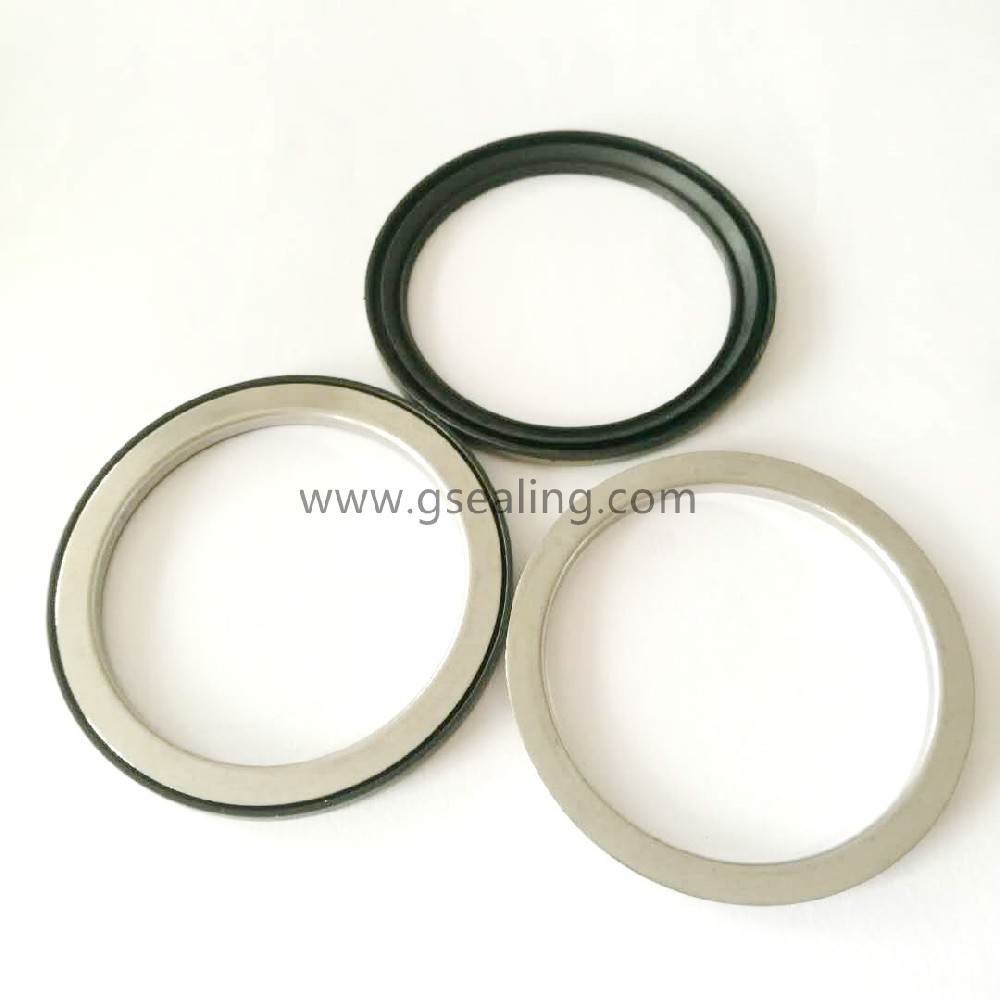 View More
View More
-
 View More
View More
Magnetic Abs OEM Bearing Seals China Manufacturer
-
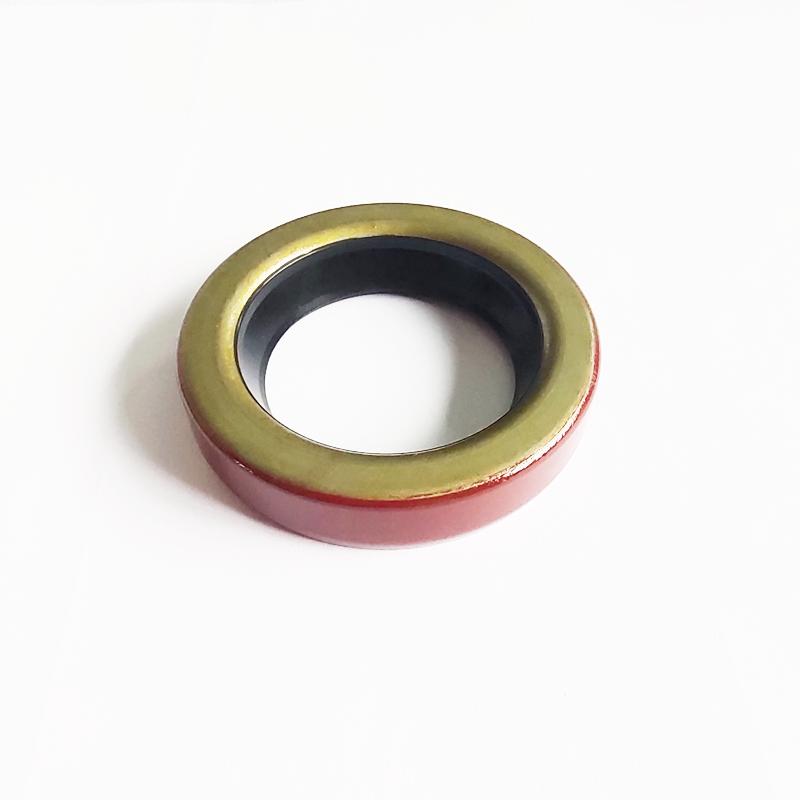 View More
View More
Automobile Brake Disc Wheel Bearing Seals China Supplier
-
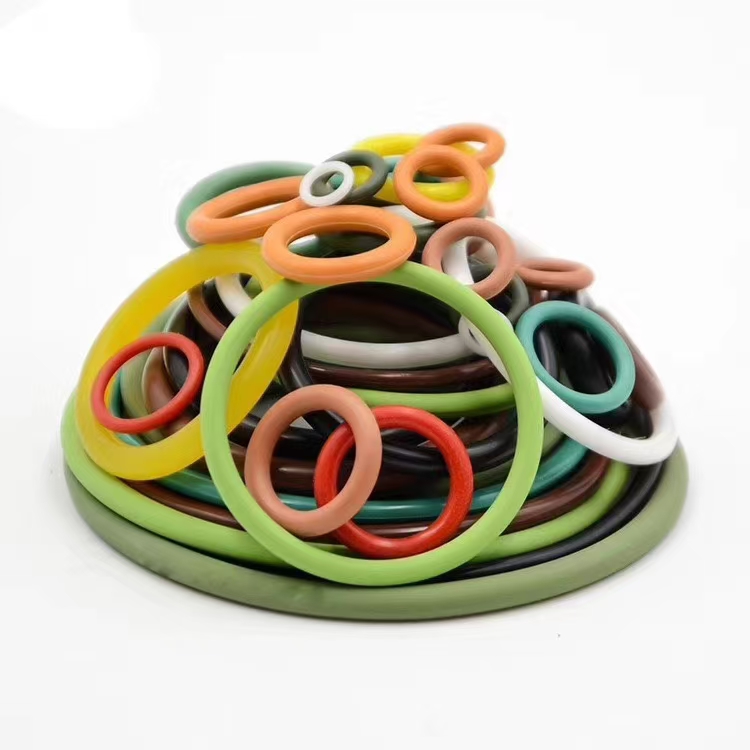 View More
View More
EPDM rubber o-ring seal different size factory China manufacturer
-
 View More
View More
Automotive Oil Filter Rubber Check Valve
-
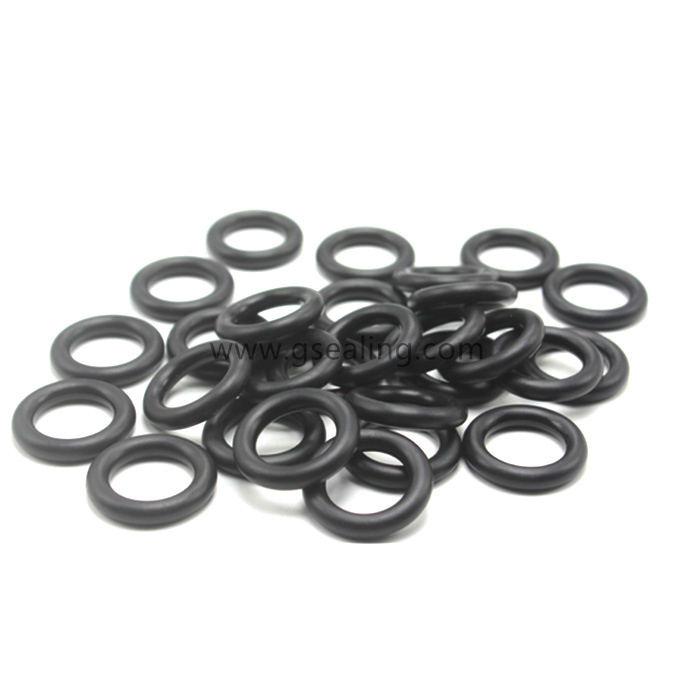 View More
View More
HNBR O Ring Seal OEM Manufacturer China
-
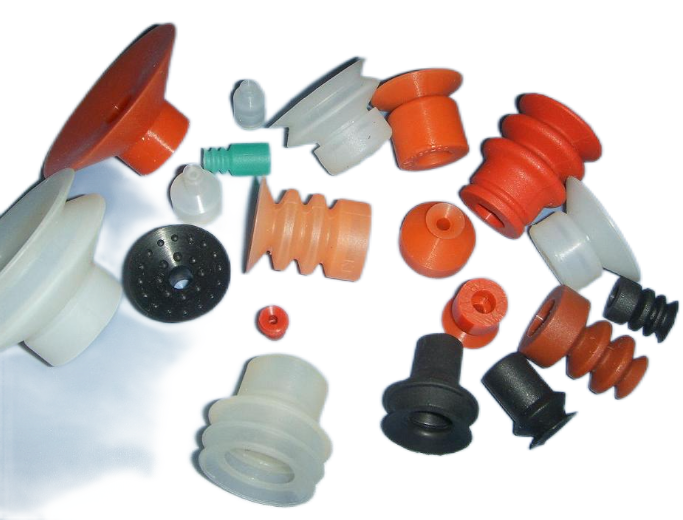 View More
View More
Rubber High Pressure Suction For Electronic Hand OEM China Factory
-
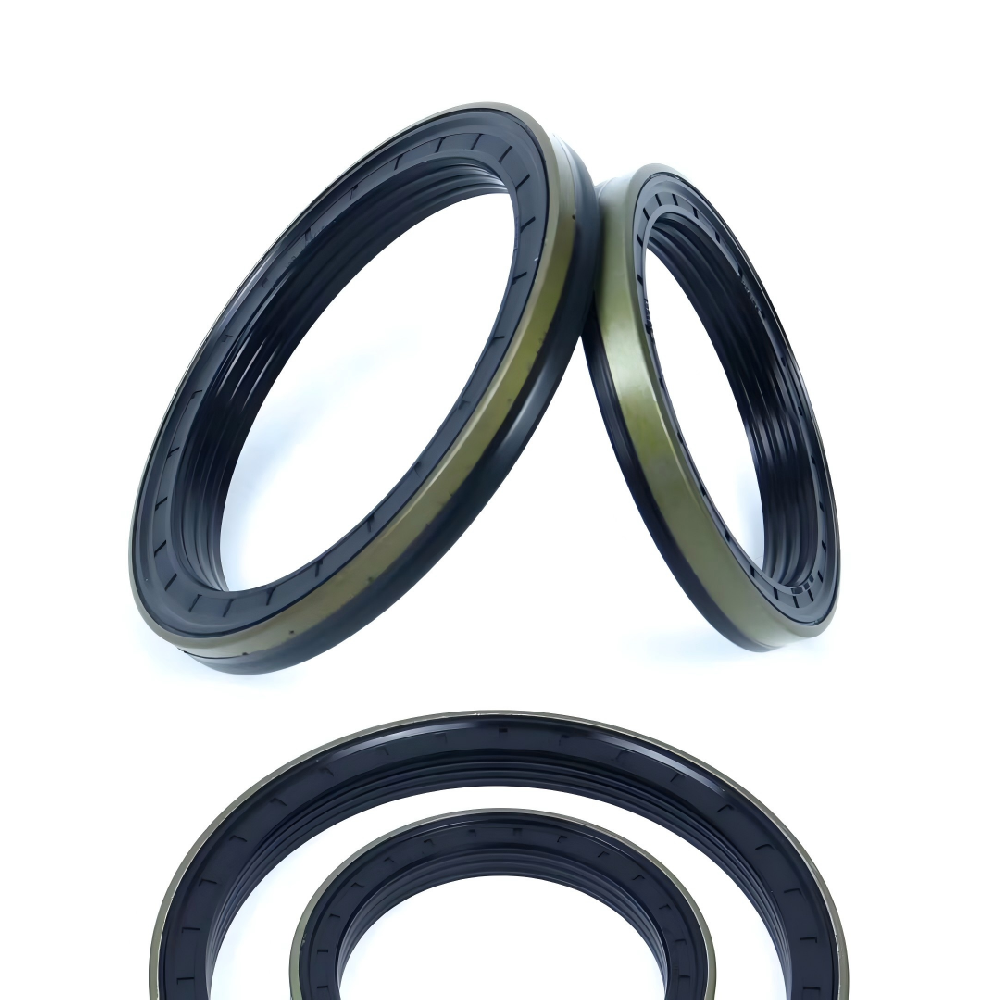 View More
View More
John Deere Tractor Cassette oil seal RWDR Manufacturer
-
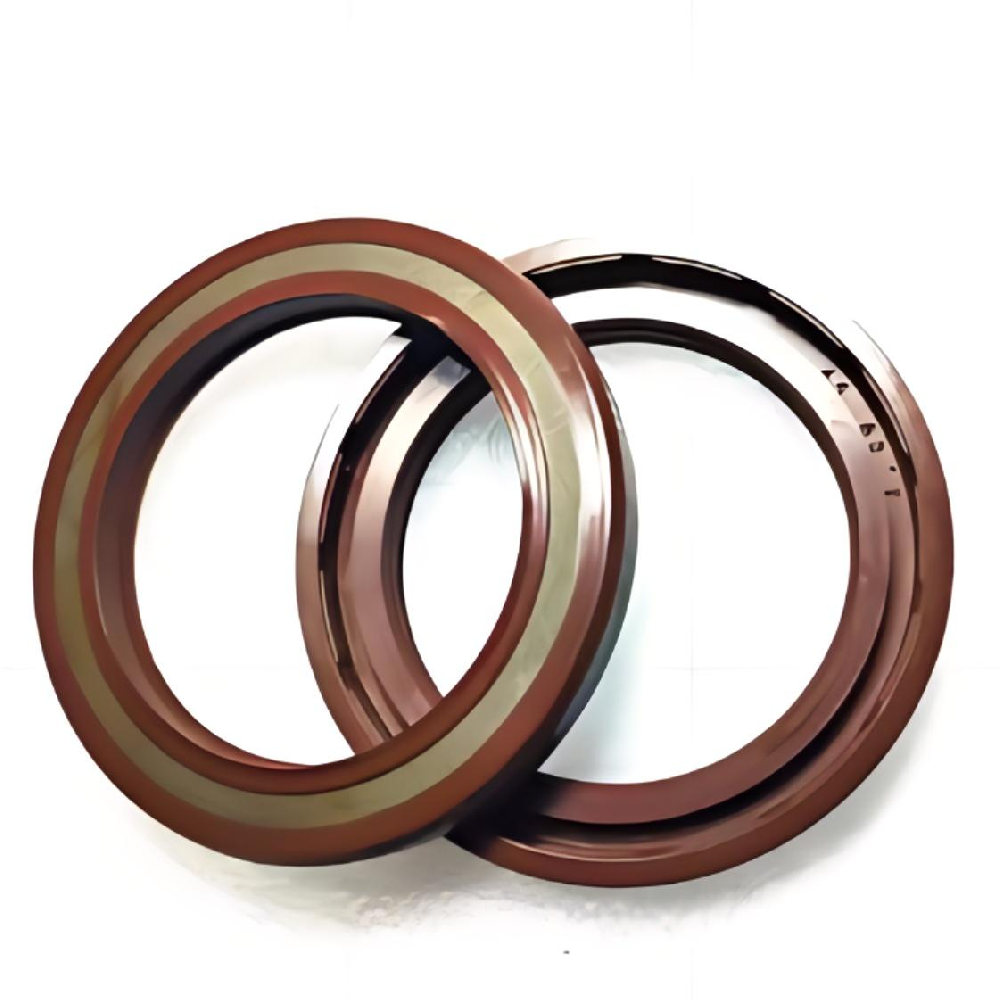 View More
View More
High Pressure TCN Oil Seal for Excavator
-
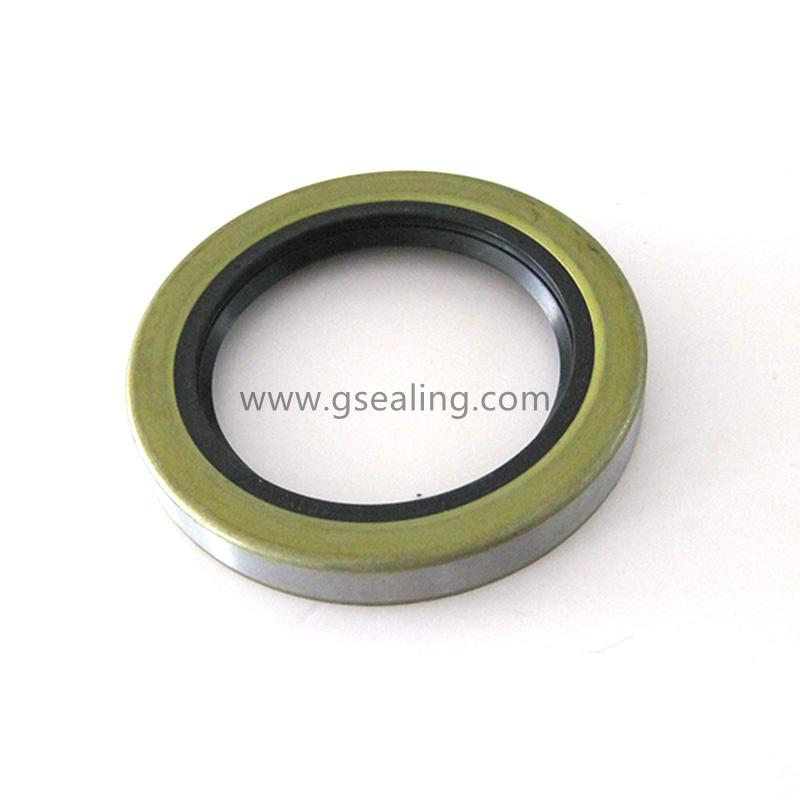 View More
View More
Trailer Grease shaft rubber lip oil seal TB 11174
-
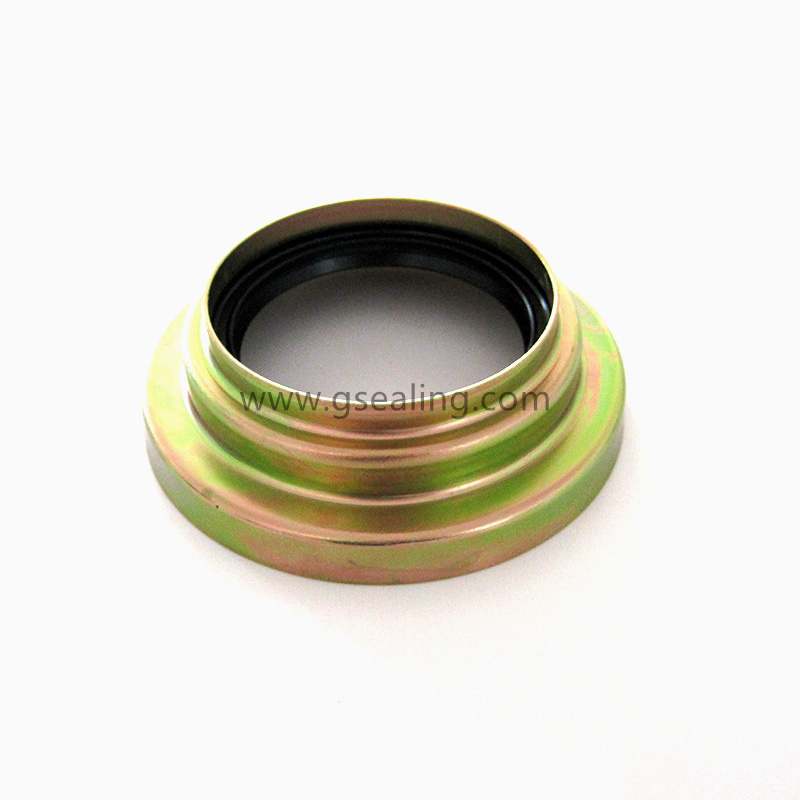 View More
View More
Ford New Holland Tractor Half Shaft Seal Retainer Assembly China Manufacturer
-
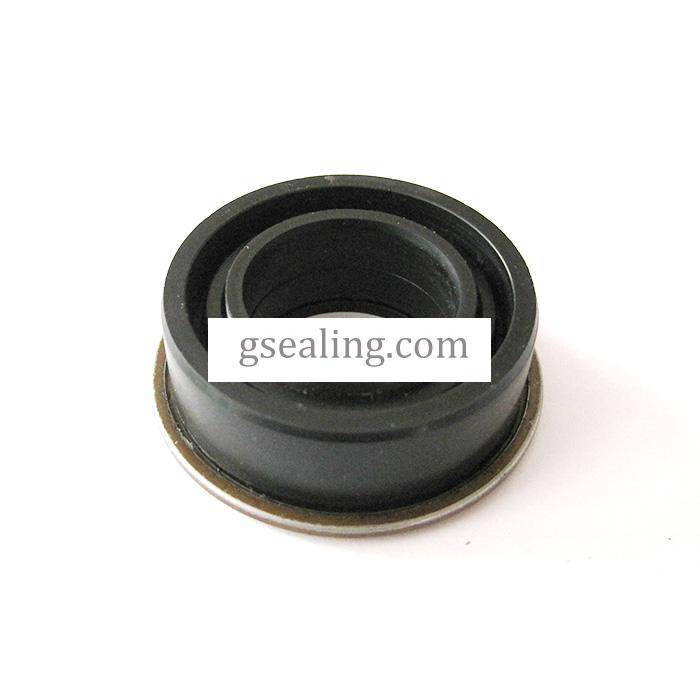 View More
View More
Irrigation Valley Valmont Gearbox Oil Seal China Supplier
-
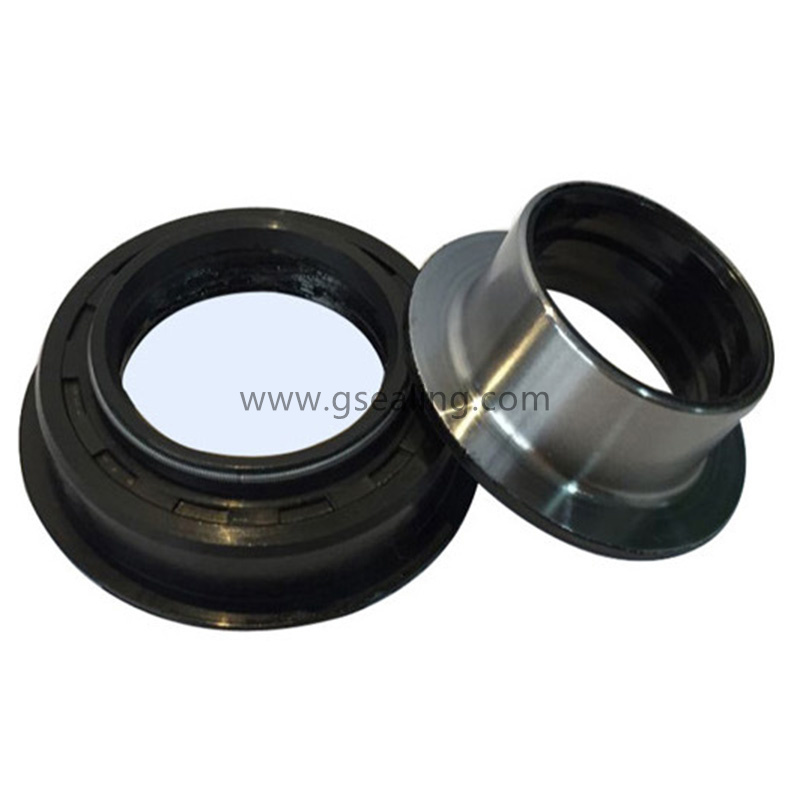 View More
View More
High Quality Agriculture Machinery Rotation Oil Seal Kits
-
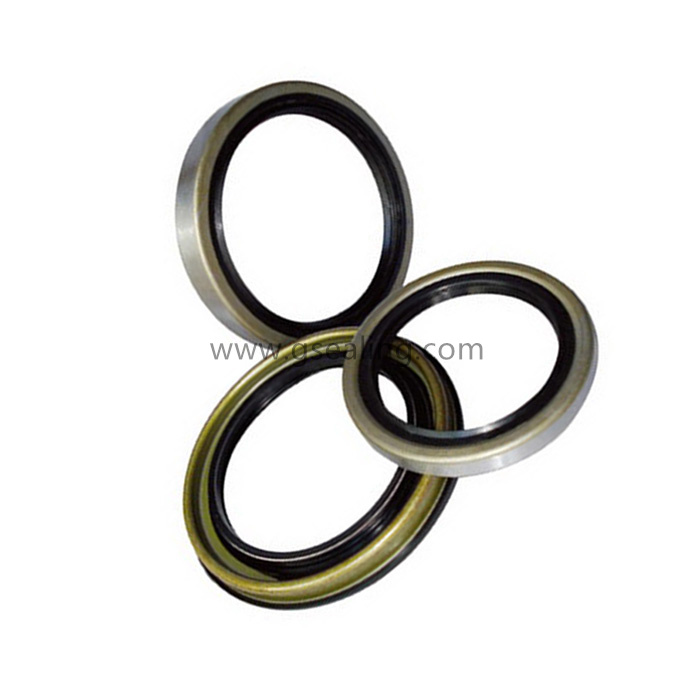 View More
View More
John Deer Grease Drive Shaft Oil Seal China Supplier
-
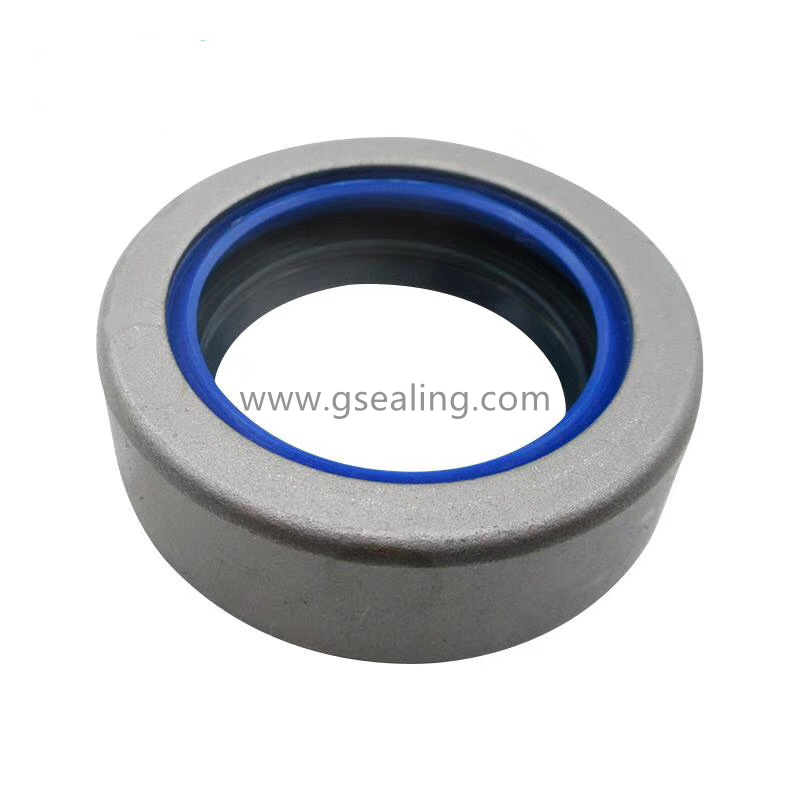 View More
View More
Tractor shaft combine oil seal


